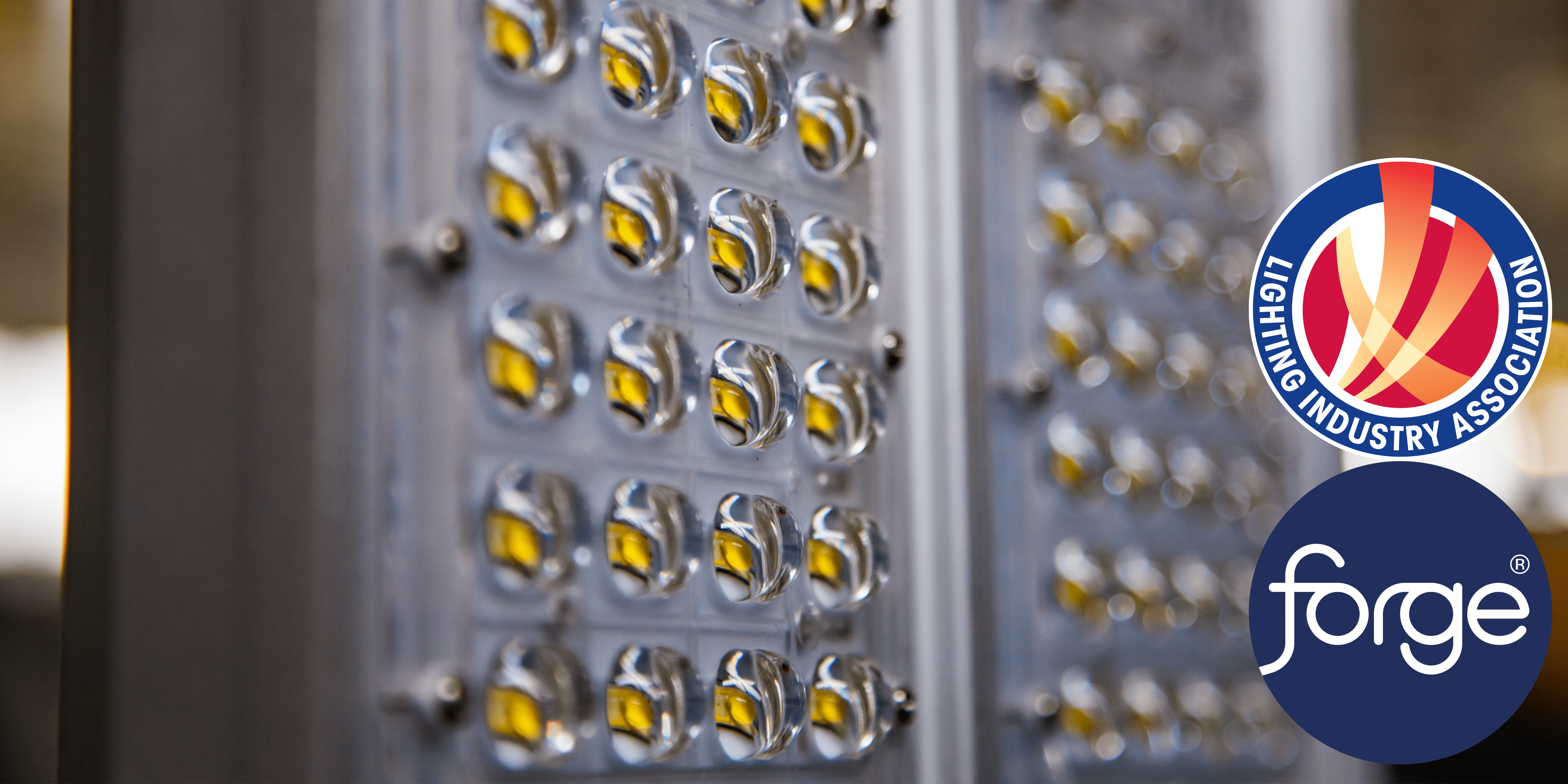The Journey from Design to Production in Optics Manufacturing
Yet at the core of every lighting product is something less visible but equally essential: optics manufacturing. The way lenses and reflectors are designed and produced has a direct impact on how light is distributed, controlled, and experienced.

The Journey from Design to Production in Optics Manufacturing
LED optics manufacturing begins long before any material is moulded or cut. Optical engineers start with design and simulation software, modelling how light will pass through a specific shape. This stage is crucial for predicting performance, minimising losses, and optimising beam control. Once a design is validated, precision tooling is created, allowing lenses or reflectors to be produced consistently at scale.
Material Selection in LED Optics
The choice of material in optics manufacturing depends on the intended application. Common options include:
- Polycarbonate and acrylic – widely used for general lighting due to clarity and cost-effectiveness.
- Glass – preferred where heat, UV stability, or impact resistance is required.
- Silicone – increasingly used in LED optics for flexibility and durability.
- Metallic coatings – applied to reflectors or hybrid optics for enhanced control.
Each material demands different manufacturing processes, from injection moulding to glass forming and coating, ensuring the optic performs reliably in its end environment.
Integrated Features for Better Performance
Modern optics design and manufacturing goes beyond simply shaping light. Increasingly, manufacturers integrate features directly into the optic itself, such as:
- Mounting and alignment points
- Sealing features for IP protection
- Arrays of multiple lenses moulded into a single component
These added functions reduce assembly time, improve robustness, and help products meet demanding performance standards.
Testing and Validation
Prototypes and production samples are tested to ensure the manufactured optic matches the design intent. Photometric testing highlights factors such as beam uniformity, efficiency, and colour quality. Even with advanced simulations, real-world validation remains an essential stage of the optics manufacturing process.
Why Optics Manufacturing Matters
In the lighting industry, optics manufacturing underpins product performance. Whether it’s a streetlight requiring precise cut-off to reduce light pollution, or an architectural downlight needing smooth beam distribution, the way optical components are manufactured makes the difference between a good product and a great one.
By combining careful design, material selection, and robust manufacturing methods, LED optics help turn lighting concepts into reliable, efficient, and visually impressive solutions.
